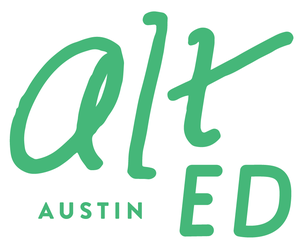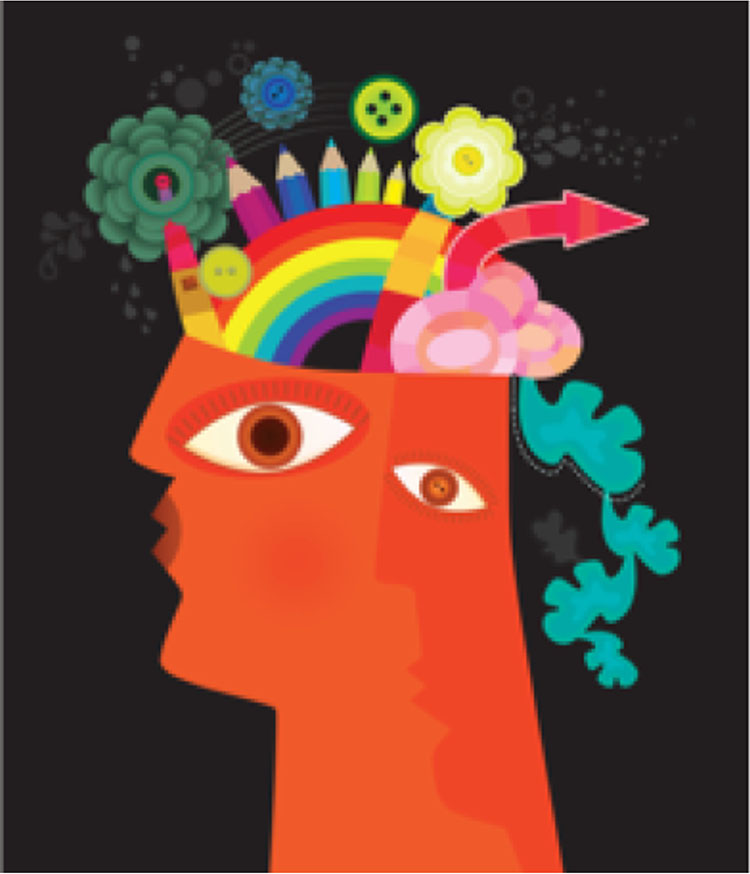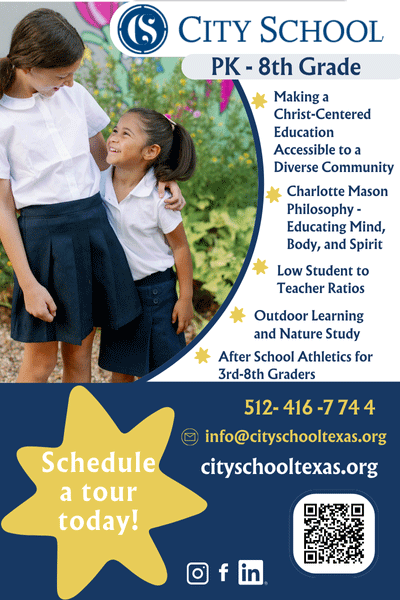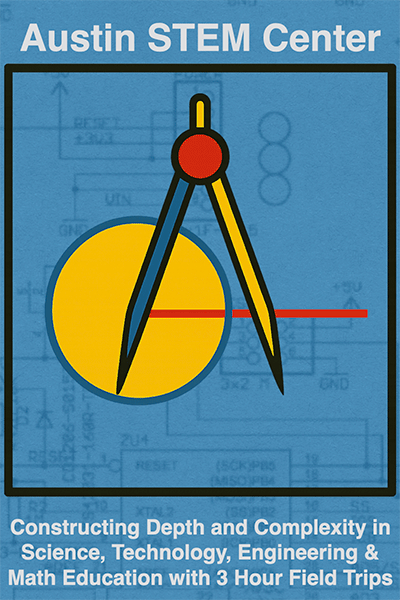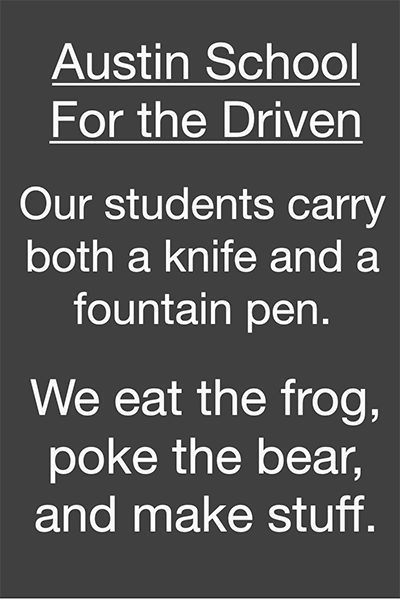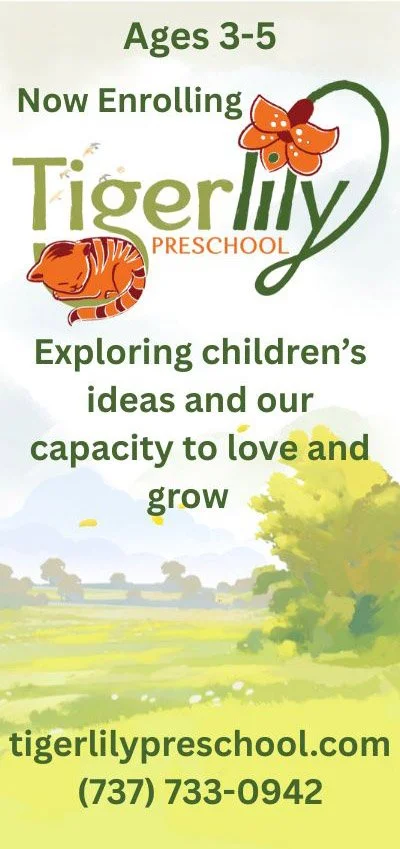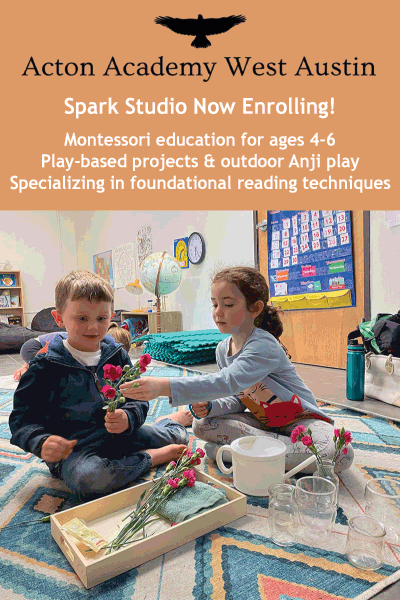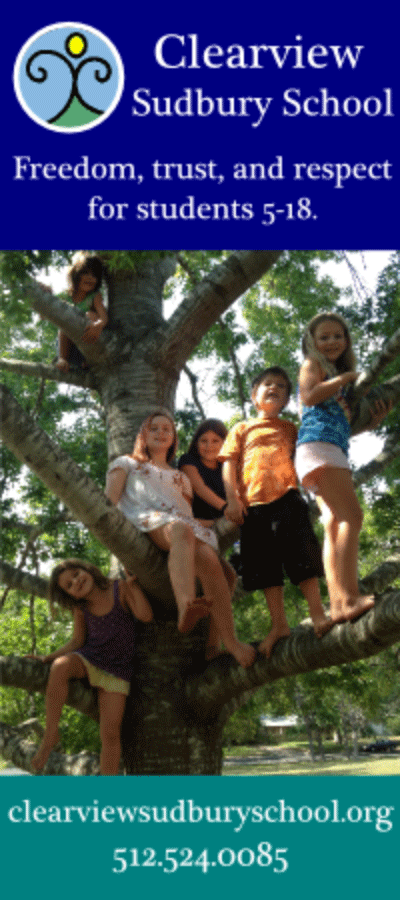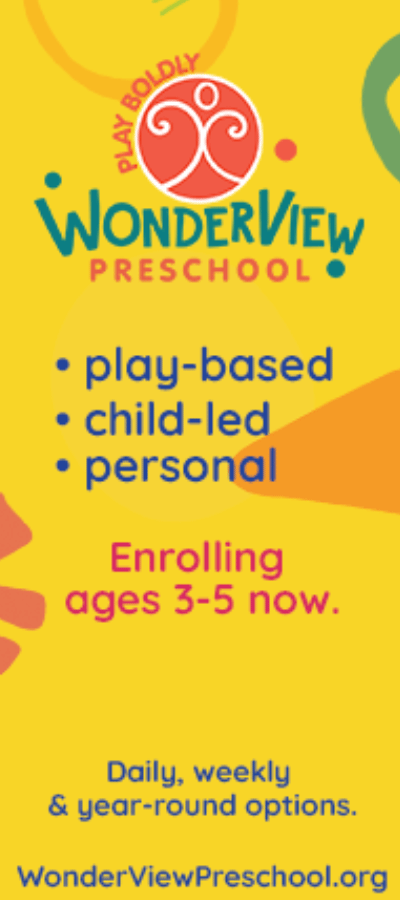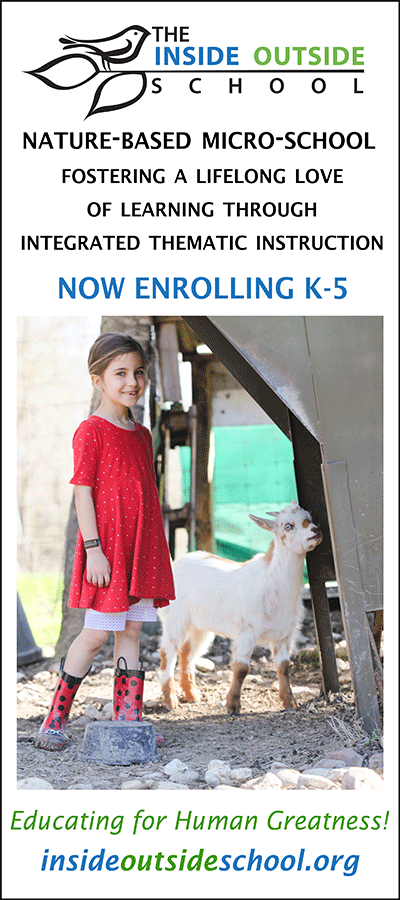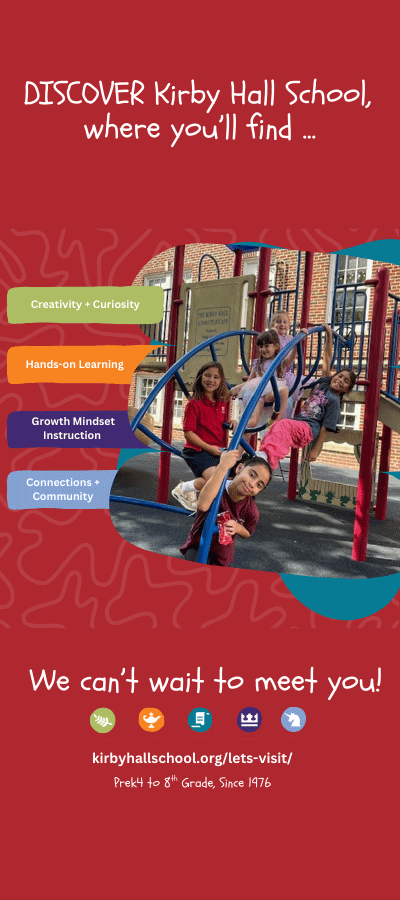The heart of the college application
/Guest contributor Laurie Filipelli is a writer and writing coach who holds an M.F.A from Indiana University. She is the author of two collections of poems, Elseplace (Brooklyn Arts Press, 2013) and Girl Paper Stone (forthcoming in 2018 from Black Lawrence Press). In her work as a college writing instructor, high school English teacher, writing programs manager, and writing coach, she has guided students of all ages to tell their own stories and to become stronger writers and more creative thinkers. Laurie specializes in leading college application essay writing workshops as well as coaching individuals. Learn more at MightyWriting.org and Facebook/MightyWriting.
The college application process can be complex and at times downright frustrating, and it can also be an amazing opportunity for teenagers to step into their future selves, to prepare for college, and to safely practice for the many decisions they’ll face independently as adults. As parents, counselors, and coaches we could nag and nudge and overreach in our efforts, or we could choose to encourage and allow.
Last March, the New York Times ran an enlightening piece called “Advice College Admissions Officers Give Their Own Kids.” The words of wisdom shared by these officers may make the difference between a highly stressful and a deeply meaningful year ahead and can easily be summed up with two simple phrases: engage from the heart, and start early.
As a college application essay writing coach, I can attest that nowhere is the wisdom of this advice more vital than at the heart of every college application—the essay.
Juniors stand at a threshold; writing can help them cross. Composing personal narratives requires putting meaning to experiences, defining your beliefs, and setting goals for the future. It’s a monumental and potentially life-changing task.
And like all such tasks, it requires tenderness and courage and time.
In Self-Reliance, Emerson wrote, “Trust thyself: every heart vibrates to that iron string.” He advised trying new things and honoring inspiration. His advice wasn’t original, even in 1841. After all, it was Plato who coined the expression “Know Thyself,” the gist of which is now the basis for a whole industry of self-help books and sports equipment. But while it’s one thing to quote a pithy saying, it’s another to trust our teenagers to take inventory of their own experiences and dreams, and to find an authentic path.
If you have a high school junior, now is the time to make space among myriad commitments, to ask open-ended questions, and to allow whatever answers come. The Common App essay prompts may be available, but trust me, no one needs them . . . yet. What juniors need is freedom to explore and find what lights them up.
Explore Writing
In writing, exploration means reading and drafting freely. Whether your junior loves reading or not, chances are they haven’t read many personal essays. I direct my students to NPR’s archive of essays by everyday folks at This I Believe, or to David Sedaris, or to the Modern Love column in the New York Times. Do not, I repeat, DO NOT read college application essays. They’re bound to cause creative paralysis.
Exploration also means pre-writing, that wonderful phase in which we bumble and make mistakes without pressure. I ask the juniors to make lists, to ponder photos, to reflect on the day’s news, to take note of the objects they cherish, and to discuss their fears and their convictions. For this to begin to happen, you may need to get out of the way. If they don’t want to talk to you, help create opportunities where discussions can flourish with mentors, or youth groups, or other family members.
And then what?
Support Healthy Risks
I once had a student come to me deeply dejected. She told me she wanted to write her application essay about World of Warcraft. Her counselor, her parents, pretty much everyone she knew warned against it, but she clearly couldn’t let go of the idea. So I asked, why not write a draft that proves them wrong?
And that’s exactly what she did. Her essay turned out to be a smart and lively romp—from her life on a farm to sewing her own Halloween costume based on a Warcraft character—for which an admissions officer personally commended her. Warcraft was the vessel, and her life filled it up. The same goes for the Harvard student who wrote about her love of Half Price Books, and the Barnard student obsessed with Lauren Bacall. And of course, many of us know about the student who wrote about Costco. Last year she made news when she was accepted into multiple Ivy League schools. Again, I insist you don’t share it with your college-bound junior, but you might enjoying reading her essay here.
As you’ll see, it was about far more than Costco. It was about her heart’s joy. For this, there is no formula. The best you can do is to create ideal circumstances for such creativity to flourish.
Note: The kind of heartfelt writing I recommend is not the same as highly emotive therapeutic writing that reveals a heart’s pain, or an intense struggle with emotional challenges. Writing a purely therapeutic essay may very well be an important and healthy part of the process of self-discovery; however, submitting such an essay as a final product is an inadvisable risk.
Start Early
Despite claims about the power of pressure, very few of us write best in time-sensitive, high-stakes situations. Ideally, essays are done (or well underway) in August, before senior year starts. My Warcraft student drafted her essay in May.
For now, I suggest that juniors simply put systems in place—a Google doc with a list of schools, a notebook to track ideas. And, that they hone the craft of writing. The author of the Costco essay clearly prepared for that essay long before she began to compose. She started with a love of words. She read.
It’s a long journey toward college admissions, but it doesn’t have to be onerous. The advice you can give your own child is simple: Trust your heart, read, and write. And take that first step now.
Laurie Filipelli
